In an attempt to continue paying the U.S. Women's National Team (USWNT) less than their male counterparts despite the team generating more revenue, the US Soccer Federation argued that the women's team are less skilled and their work is less demanding than the men's team.
The argument came as part of a filing on behalf of US Soccer's defense that it has not discriminated against the USWNT, despite paying them less than their male counterparts.
The story doesn't make the US Soccer Federation look good.
The filing argues that the men's team has to be stronger and faster than the USWNT, due to the biological differences between men and women. US Soccer's defense grilled the female players, having them say as much.
In the deposition of Carli Lloyd, a star player for the USWNT, she said of the kind of games men and women play:
"It's different. It's different in the sense that men are bigger, stronger, faster. That's their makeup."
The US Soccer defense also argued that the men's team faced openly hostile fans at home games, which is a different work environment than the women.
All of this is to argue that there is no Equal Pay Act violation, since the circumstance and jobs are different.
Last year, the USWNT filed a lawsuit over equal pay for their players. It became such big news, even Snoop Dogg weighed in.
Despite their amazing games, the USWNT are paid significantly less than if the men's team had similar performance.
While the exact figures for how much each team and player makes are hidden in collective bargaining agreements, some information is out there. For example, in 2018, the men's team had the possibility of a near $10 million prize for winning the world cup, while the USWNT received $110,000 for each player for accomplishing the task.
There is more nuance, as the USWNT receives a set salary of $100,000 per player, while the men's team is paid by game appearances and performance bonuses. However, the men's team has a much higher potential payout than the women because of those higher bonuses.
If the men had the same wins as the USWNT, they'd be getting paid multiple times what the women get. And yet, the men's team has voiced their support for the USWNT's equal pay.
It seems like the only ones who don't want the women to get equal pay are the US Soccer Federation themselves.
From 2016 to 2018, the women's teams brought in $50.8 million in revenue compared to $49.9 million for the men.
And estimates for net profit prove much more in the women's favor. In 2017, a budget report from the US Soccer Federation showed the women's team running a $5 million surplus, while the men's team ran a slight deficit.
And this is only to fight the US Soccer Federation's inequality.
FIFA, the international organization that runs the World Cup, currently awards $30 million as the prize for the Women's champions, compared to $400 million for the men.
FIFA promised to double the women's prize, but they are reportedly also adding $40 million to the men's prize so, there's still a massive difference.
But this lawsuit is still about the US Soccer Federation's unwillingness to pay the men and women's team equally for similar performances.
The lawsuit is currently ongoing, and still has a long way to go. Despite this, the USWNT has already seen improvements in their work environment due to this lawsuit.
At the time of filing, the USWNT was fighting for more games on natural turf over artificial.
From 2014 to 2017, they had to play 13 games on artificial turf, which is harsher on the human body compared to natural. The men's team only had to play 1 game on artificial turf in that same timeframe.
Since the lawsuit, US Soccer has scheduled all the USWNT games on natural turf.

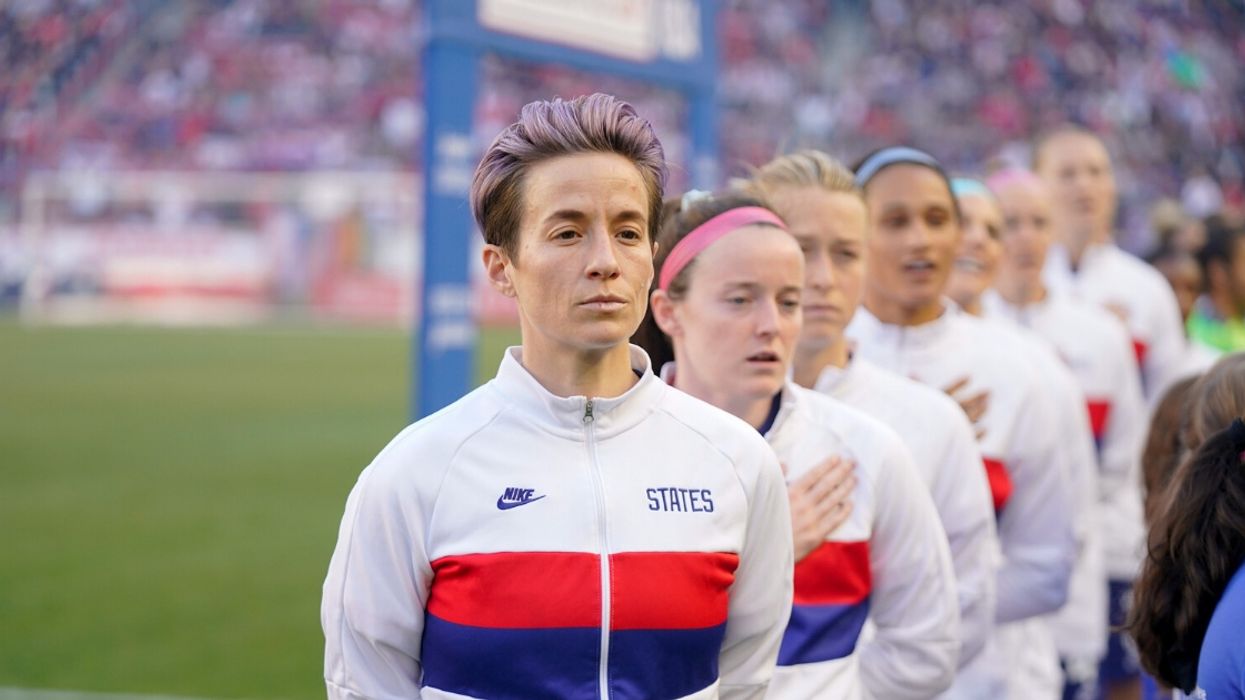


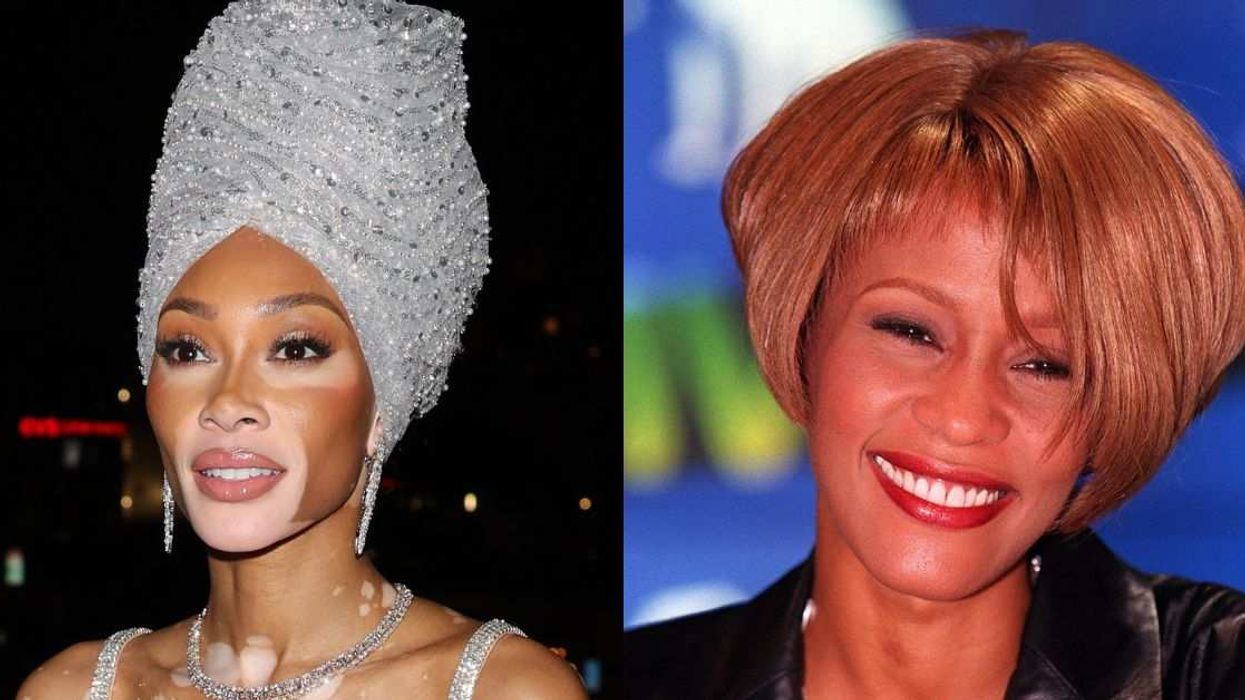
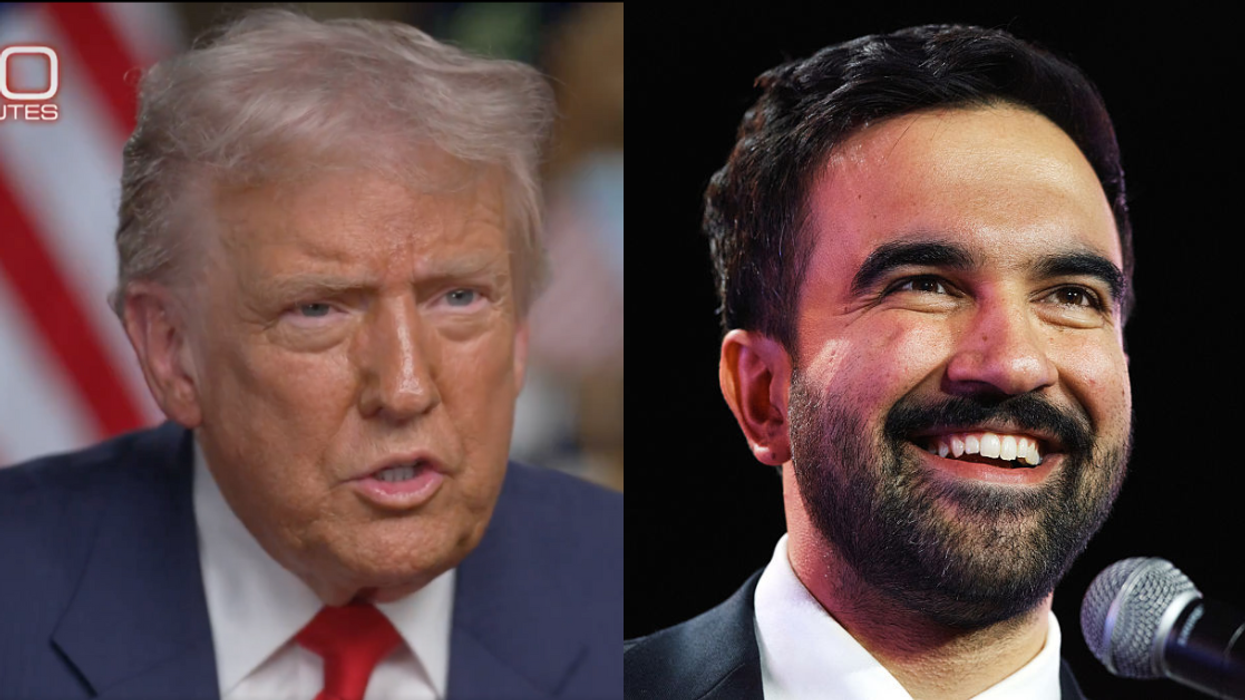
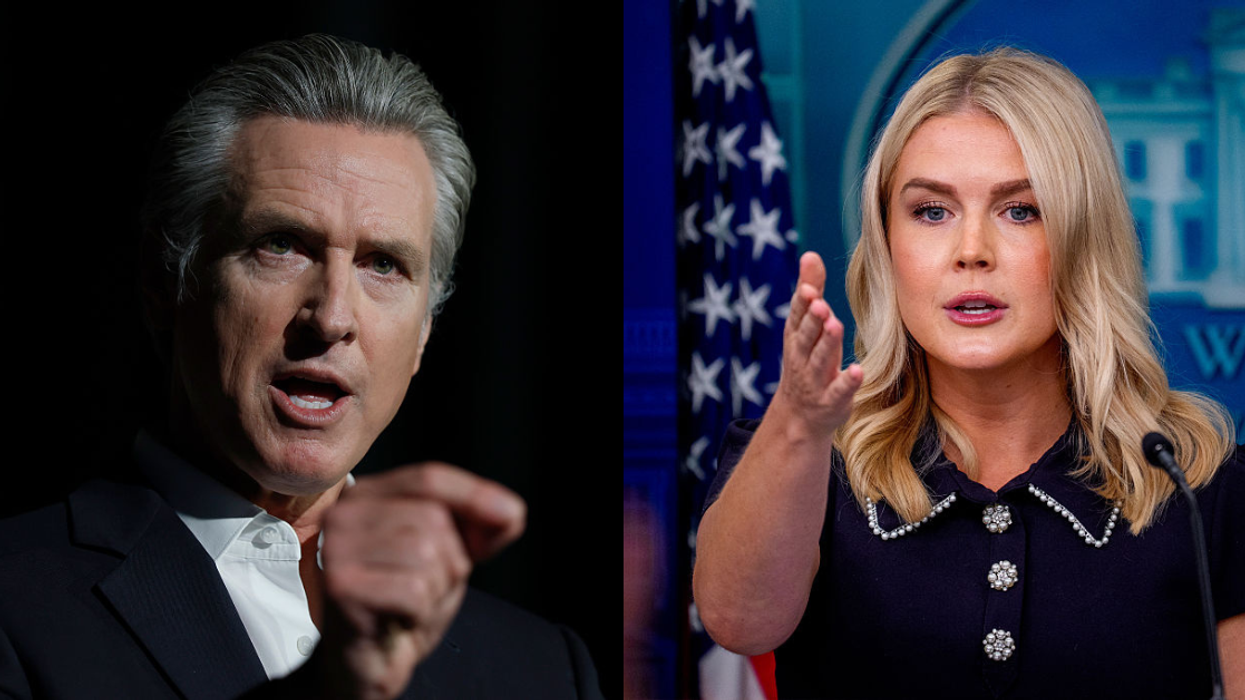


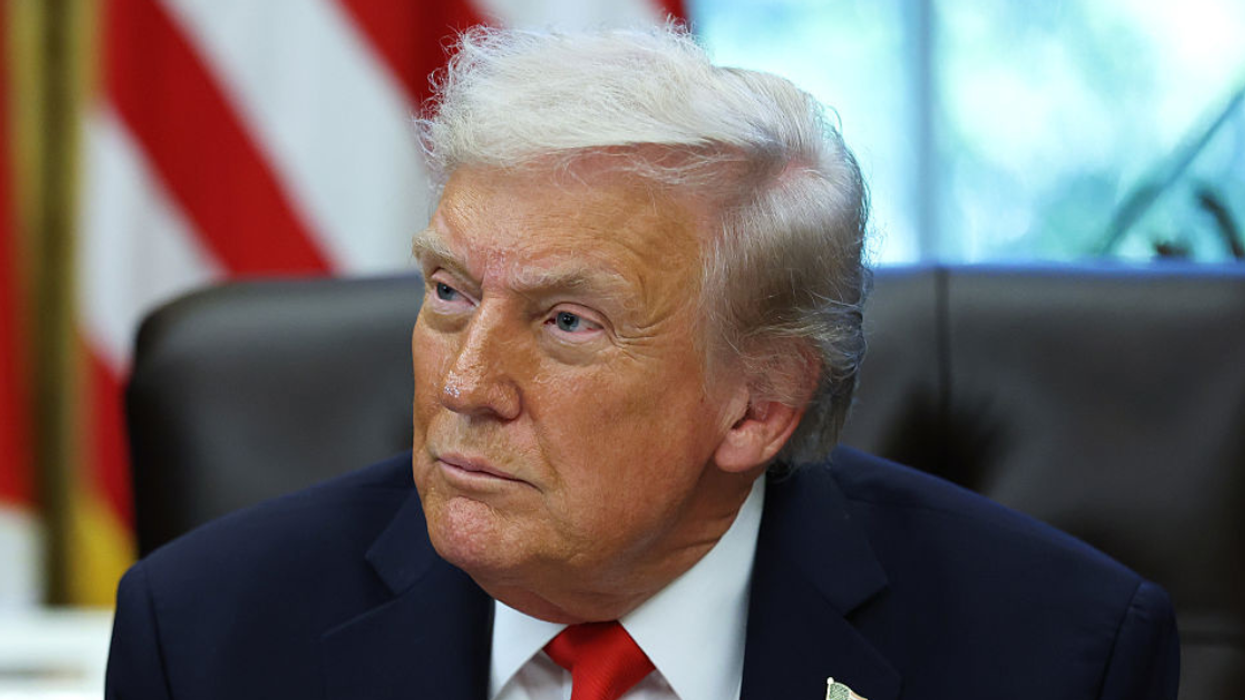

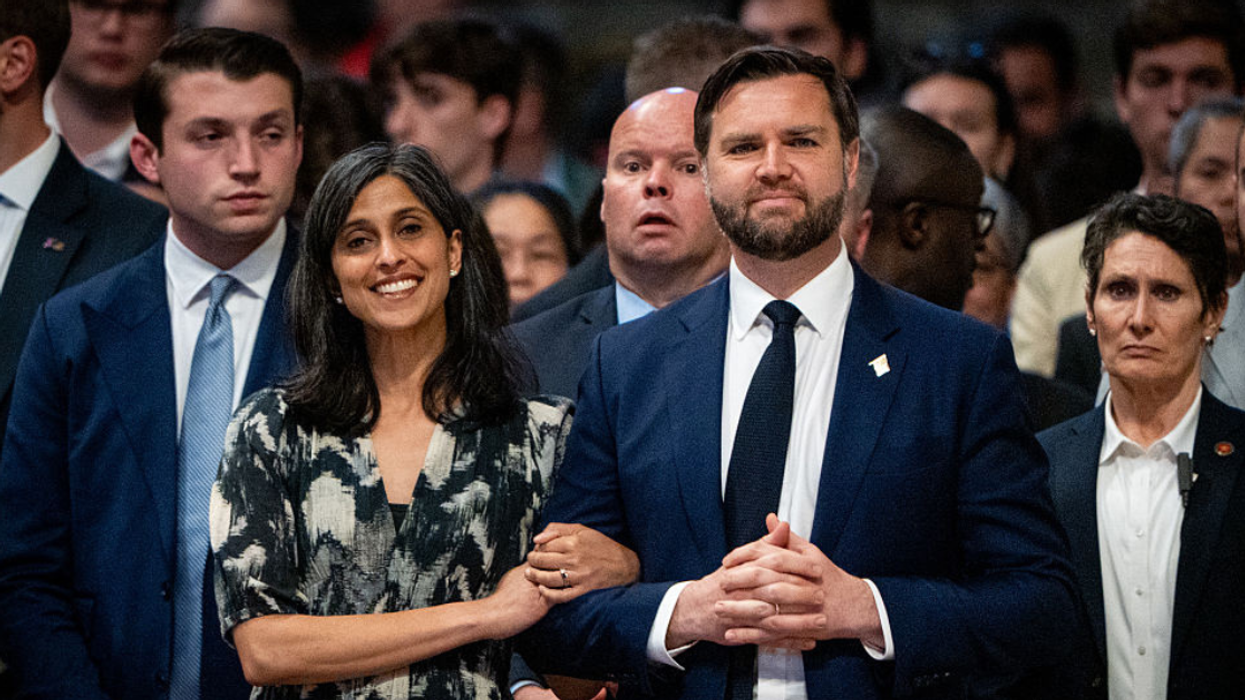



 @islamoradalover/Bluesky
@islamoradalover/Bluesky @hillbillybluedog/Bluesky
@hillbillybluedog/Bluesky
